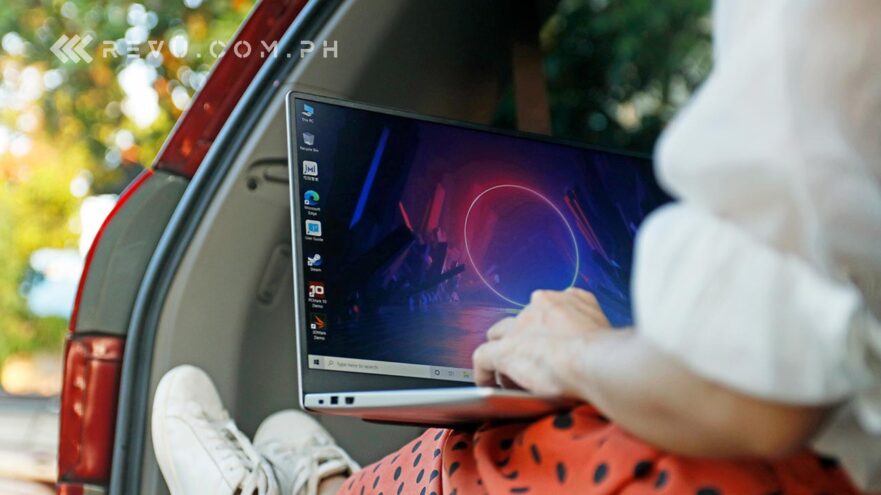Windows 11, Microsoft’s latest — and safest — operating system for PCs, is out now and will be rolling out to millions of PCs around the world.
Well, not overnight, of course, but Microsoft will offer the new OS as a free upgrade to devices still shipping with Windows 10, before making it available to existing PCs based on hardware eligibility and other metrics. Microsoft says all eligible PCs should get the Windows 11 update by mid-2022.
Although the OS feels similar to its predecessor, the user-interface overhaul, as well as the new productivity features, is mostly welcome. However, not all devices running Windows 10 will be able to install it. In fact, Windows 11 has more stringent hardware requirements than Windows 10 and requires Intel 8th Gen Coffee Lake or AMD Zen 2 CPUs and up, Trusted Platform Module or TPM 2.0 support, 4GB of RAM, and 64GB of unused storage.
If you’re using modern PC hardware, there’s nothing to worry about. Even if you are not, there are workarounds for installing Windows 11 anyway, provided you really want it.
Here’s how you can upgrade from Windows 10 to Windows 11 for free today.
- Download and open the Microsoft PC Health Check app to find out if your PC is officially compatible with Windows 11.
- On your computer, go to Settings > Update & Security > Windows Update > Check for Updates.
- If Windows 11 is available on your device, you should be able to see an option to upgrade to the new OS.
- Follow the instructions on the screen to complete the installation process.
- Alternatively, you can head to the Windows 11 software download page, then install the Windows 11 Installation Assistant app for an immediate and largely hassle-free install of the OS.
If you want to refer to a video instead, check out Microsoft’s Windows 11 upgrade experience video below.
Already using Windows 11? Tell us what you think of it in the comments below. We’d love to hear from you.
Share this Post



